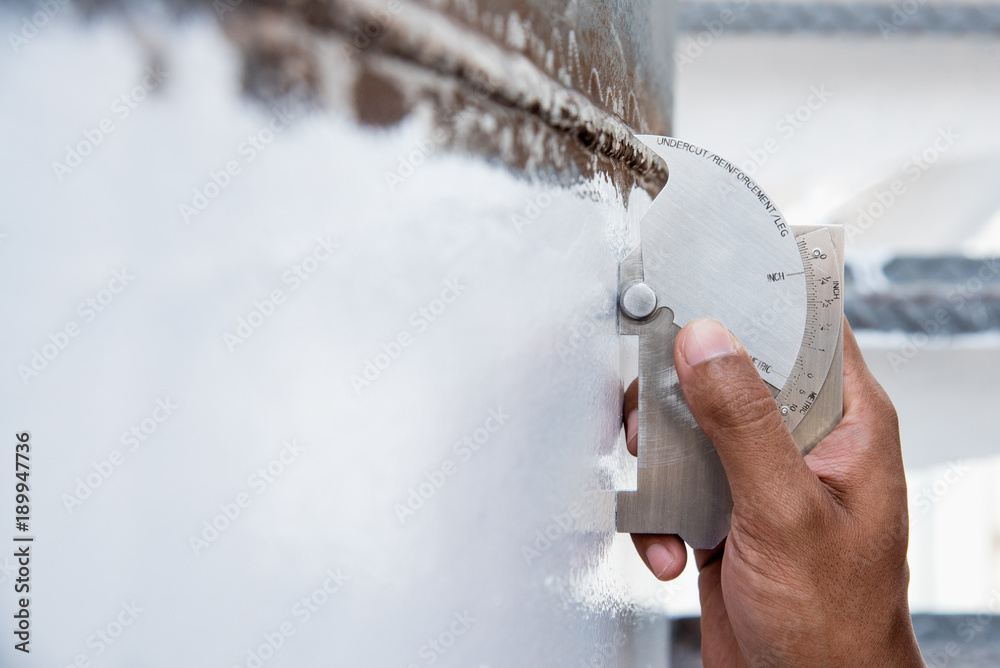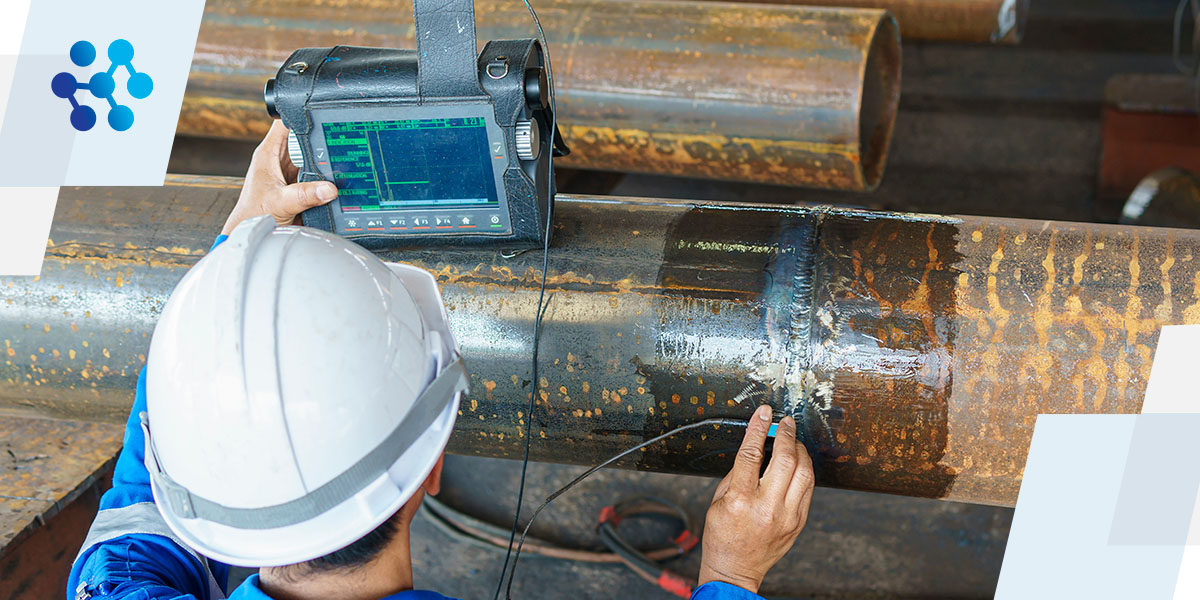Advanced Techniques in Modern Tank Welding Inspection
Advanced Techniques in Modern Tank Welding Inspection
Blog Article
An In-depth Introduction of Storage Tank Welding Examination Specifications and Methodologies for Improved Weld Top Quality and Performance
The value of welding inspection criteria in the manufacturing of containers can not be overemphasized, as they offer as the backbone for making sure weld integrity and functional integrity. Different evaluation techniques, consisting of aesthetic assessments and advanced non-destructive testing methods, are vital in determining potential imperfections that can endanger performance.
Importance of Welding Evaluation Specifications

Welding examination requirements include a variety of standards, consisting of material specs, welding treatments, and certifications of personnel associated with the welding process. By implementing these criteria, companies can methodically identify and correct potential defects, therefore reducing the chance of costly repairs or tragic failures. Additionally, extensive evaluation practices foster a culture of accountability and accuracy, urging welders to maintain high levels of craftsmanship.

Common Welding Evaluation Methods


Ultrasonic Testing (UT) is another prevalent technique, making use of high-frequency acoustic waves to detect interior problems that might not be noticeable on the surface. This approach is particularly efficient for determining spaces or incorporations within the weld steel. Magnetic Fragment Testing (MT) is additionally widely utilized, particularly for ferromagnetic materials, as it discloses surface area and near-surface problems with the application of magnetic fields and ferrous fragments.
Furthermore, Liquid Penetrant Screening (PT) identifies surface-breaking issues by using a penetrant to the weld and after that using a developer to attract out the penetrant. Each of these strategies adds to a detailed assessment technique, guaranteeing that welds satisfy the rigid quality standards required in storage tank construction.
Regulatory Criteria and Compliance
Regulative criteria and compliance are crucial parts in making certain the security and reliability of bonded frameworks in storage tank building and construction - Tank Welding Inspection. These criteria serve to establish minimum demands for product buildings, welding procedures, and examination methods, therefore reducing the risk of structural failures and boosting total performance
Trick companies, such as the American Culture of Mechanical Designers (ASME) and the American Welding Culture (AWS), provide standards that are extensively taken on in the market. Compliance with these standards not just makes sure adherence to ideal methods yet additionally fulfills Website lawful and legal commitments, securing the passions of stakeholders.
Regulatory bodies often mandate adherence to particular codes, such as ASME Code Section IX for welding certifications and API 650 for bonded storage tanks. These codes outline requirements for welding methods, certifications of personnel, and testing techniques to validate weld stability.
Regular audits and examinations are essential to maintaining compliance, as they assist identify discrepancies from established criteria. Non-compliance can cause substantial penalties, task hold-ups, and safety and security hazards. Thus, a robust understanding of regulatory criteria and a commitment to conformity are critical in achieving premium and resilient bonded tank frameworks.
Non-Destructive Evaluating Approaches
How can the stability of bonded structures be ensured without creating damages? Non-destructive testing (NDT) techniques provide a durable service, enabling assessors to evaluate weld quality without jeopardizing the product - Tank Welding Inspection. Among the most common NDT Discover More Here methods are ultrasonic testing (UT), radiographic testing (RT), magnetic particle screening (MT), and dye penetrant testing (PT)
Radiographic screening entails passing X-rays or gamma rays via the weld, creating images that reveal architectural flaws such as cracks or gaps. This approach is very useful for assessing the stability of complex welds.
Magnetic fragment testing is matched for ferromagnetic products, where magnetic areas reveal surface area and near-surface interruptions. Dye penetrant testing makes use of a liquid color to highlight surface-breaking defects, making it a reliable method for non-porous materials.
Each of these NDT techniques has distinct benefits, permitting extensive assessments tailored to certain products and welding procedures. By executing these methods, sectors can make certain the dependability and safety of welded structures, eventually improving overall performance.
Enhancing Weld High Quality Via Evaluation
Effective evaluation plays a crucial duty in boosting weld top quality, acting as a vital checkpoint in the manufacture procedure. By recognizing possible flaws early, examinations minimize the danger of jeopardized architectural integrity and guarantee compliance with market requirements. Using a combination of aesthetic examinations, non-destructive screening (NDT) methods, and mechanical assessments, examiners can identify concerns such as porosity, splits, and insufficient combination.
Implementing a robust inspection protocol not only enhances the overall top quality of welds yet also fosters a society of liability amongst welders and fabricators. Regular training and certification of assessment workers make sure that they are furnished with the needed abilities to acknowledge and attend to original site prospective troubles successfully. This positive technique reduces rework and linked expenses, inevitably adding to forecast effectiveness.
Moreover, thorough paperwork of assessment searchings for offers useful understandings into persisting issues, assisting in continual renovation in welding methods. By leveraging sophisticated modern technologies, such as automated ultrasonic screening or digital radiography, weld high quality can be improved with much more accurate assessments. To conclude, a rigorous evaluation process is indispensable in accomplishing top notch welds, making sure security, reliability, and long life in storage tank construction.
Final Thought
In final thought, the application of strenuous container welding examination criteria and techniques is necessary for guaranteeing weld integrity and efficiency. By using a mix of aesthetic assessments, non-destructive screening techniques, and adherence to regulatory standards, companies can effectively identify and reduce potential defects.
Report this page